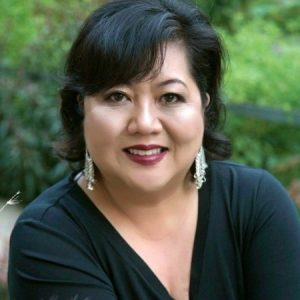Report: COVID-19 Mortality Rates Higher in Some Asian Communities
A new report released by Coalition of Asian American Leaders (CAAL) and Hmong Public Health Association (HPHA) shows disproportionate COVID-19 mortality rates in Minnesota’s Asian communities.
The report reveals Hmong, Karen and Karenni communities are impacted more than other Asian ethnic groups. Hmong people make up 49% of COVID-19 death rates within the Asian population.
Factors
Tiffany Yang with Hmong Public Health Association (HPHA) said there are a number of factors, including environmental and social reasons.
“A lot of the members in the Hmong and Karen communities, they also live in generational households,” said Yang. “It’s not just mom, dad, baby and son living in one household. There might be grandma, aunt, uncle, nieces living in the same household. If one person gets exposed and comes back home, multiple people can also be exposed to COVID-19 as well.”
Yang said diabetes and cancer are also more prevalent within the Hmong population, increasing the severity of COVID-19 illnesses.
In other cases, many Asian Minnesotans rely on resource-sharing to support themselves and their families. Some examples include formal care, pooling financial resources, and providing and sharing housing. In particular, Hmong weddings and funerals are often long and expensive events that require extended families pooling together financial resources.
Recommendations
CAAL and HPHA are urging policy makers and health providers to use this data to understand COVID infections, vaccinations and the longer-term impact of COVID-19.
Community leaders also want health care systems to stop grouping all Asians together in their data. They say there should be disaggregated data for each ethnic group. This will help systems better understand cultural differences and how to prevent further COVID-19-related deaths.
“Once you disaggregate the data, then you see that certain populations need to be prioritized,” said KaYing Yang, with CAAL. “When you read this data, we specifically show you where the high infection rates were, where the mortality rates were, very specific zip code. Yet vaccines were not available in the first few rounds in the community, that’s not acceptable.”

KaYing Yang with CAAL
Among other suggestions, Hmong community leaders are recommending that there be more resources provided in the Hmong language. They also want greater access to technology as well as cultural competence training across health care.
Leaders also want vaccinations prioritized in communities with high infection and mortality rates as seen in the report.
Brooklyn Center | Brooklyn Park | Champlin | Crystal | Golden Valley | Maple Grove | New Hope | Osseo | Plymouth | Robbinsdale | Wayzata


